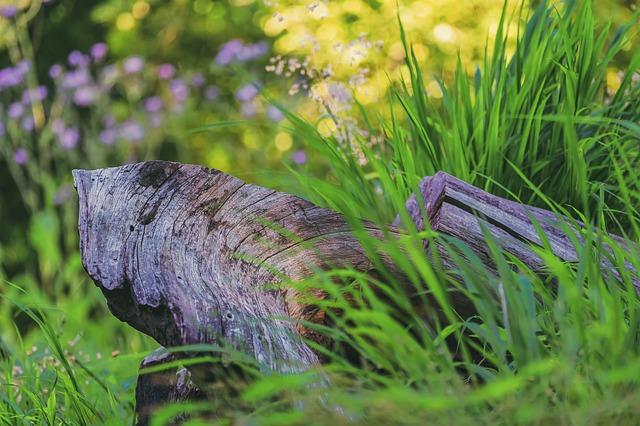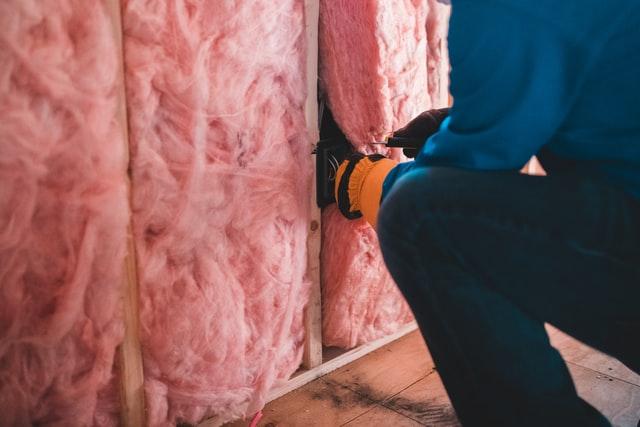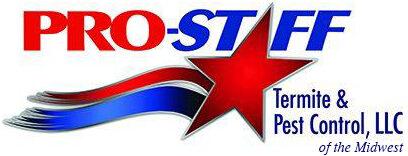
When you think of termites, the first association is probably chewed up wood. It’s true that termites mostly choose wood as a food source, but they sometimes go after other materials with similar properties. The good news is, they don’t generally eat human food, plastic or concrete unlike some other pests. The bad news? They have been known to eat the following materials:
Dead Plants and Trees
In nature, a termite’s role is to break down dying or dead plant matter. This is what attracts termites to wood, especially dead wood that hasn’t been treated. They also seek moisture and easy places to burrow. These bugs feed on cellulose, an organic fiber found in wood and plants. Their diet primarily consists of wood and dead plants, but they are known to eat other materials from time to time.

Foam Insulation
Insulation helps maintain temperatures in homes, but it can also attract termites. Generally, termites leave fiberglass insulation alone. However, foam insulation, especially below-grade insulation like that found in basements, can be a great home for termites. This type of insulation holds a constant temperature, protects termites from predators and retains moisture. When termites eat through insulation, it’s only to tunnel through it on the way to wood.
Drywall
In home construction, drywall provides an easy, durable, fire-resistant building solution. It can also be a source of food for termites. Typically, termites make small pin-sized holes in sheetrock or wallpaper after chewing through drywall. Subterranean termites fill the holes in with soil, but drywood termites leave them alone. Termite control technicians can detect termite infestations in drywall by looking for these holes and termite droppings around walls. To avoid having this issue, maintain your house, and avoid allowing moisture to build up in the walls.

Carpet
While carpet is a popular form of flooring, it’s also a food source for termites. Carpet fibers tend to be made of cellulose, which termites love to eat. If low traffic carpeted areas begin to look worn out, it could be a sign of a termite infestation. When the damage is limited to the carpet and carpet pad, you can easily replace your carpet after a termite treatment. However, deeper holes may lead to more costly repairs.
Termites seek out dead wood when it comes time to feed, but in some cases, they’ll eat other materials. If you find signs of termites, our Des Moines termite control experts at Pro-Staff can help. Give us a call at 515-279-7378 or contact us online.
